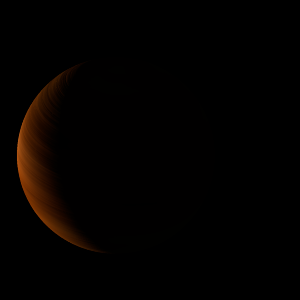|
|
Space Astro
|
Info for exoplanet "Menuro"
| Scientific (actual) data |
|---|
| Name | K2-53 b |
| Planet status | Confirmed |
| Planet mass | 0.0289 |
| Radius | 0.232 |
| Orbital period | 12.2077 |
| Semi major axis | 0.098 |
| Inclination | 89.32 |
| Discovered | 2016 |
| Updated | 2021-02-05 |
| Tconj | 2456900 |
| Tzero tr | 2456900 |
| Impact parameter | 0.31 |
| Temperature (kelvin) | 665 |
| Publication | Published in a refereed paper |
| Detection type | Primary Transit |
| Mass measurement type | Theoretical |
| Radius measurement type | Primary Transit |
| Alternate names | EPIC 204890128.01 |
| Star name | K2-53 |
| Right ascension | 244.14° |
| Declination | -20.4° |
| Mag j | 10.306 |
| Mag h | 9.826 |
| Star distance | 139.1 |
| Star metallicity | -0.037 |
| Star mass | 0.85 |
| Star radius | 0.81 |
| Star temperature | 5263 |
| Star alternate names | 2MASS J16163403-2024019, EPIC 204890128, WISE J161634.05-202402.0 |
| Wikipedia article | K2-53 b |
Back
| |
| Fictional info (?) |
|---|
| Suggested name | Menuro |
| Planet type | Small warm gas planet |
| The two polar ice caps appear to be made largely of sand.
This arid planet is mostly said to have unreliable and primitive insects that spend their life by hunting a substance called "Wuwyh'isev" if it is available. The Qavupe are closely similar to the Ahoz but with 6 eyes and vary in size from 40 to 80 cm. They can survive temperatures from -10 to 20°C and the acidic environment which is common on this planet. |
| Estimated population | 14000000 |
| Atmosphere | Oxygen | 59% |
| Carbon dioxide | 23% |
| Water | 14% |
| Methane | 2.8% |
| Atmospheric pressure | 3 bar |
 |
| No known satellites |
| Google search for Menuro |
|
Website by Joachim Michaelis
|
|
|
|